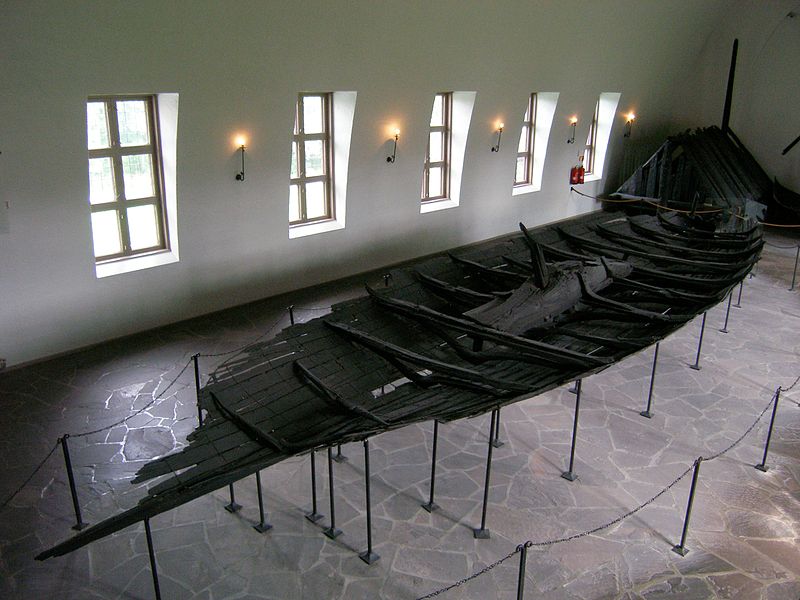Tune Finds: The First Viking Ship Found and Norway's Largest Burial
It was not until the 19th century that the archaeologists found the first Viking ship. The first Viking ship to be found was the Tune ship. It was on the farm of Nedre Haugen, on the island of Rolvsøy, Norway that the ship revealed itself. The Tune ship also turned out to be among the best-preserved ship in the world.
Norway's largest burial mound
Like other ships later found under the land, the Tune ship was actually a part of a burial mound. The burial mound of the Tune finds was unusually large with 80 meters (~262 ft) in diameter and as high as 4 meters (13 ft).
With the traces inside the burial mound, the archaeologists concluded that prior to the modern excavation in the 19th century, there had been an attempt to get into the burial mound though unfinished. This meant that the burial mound had been open to the air ever since. This resulted in the oxygen leaking into the burial and making the ship decompose.

The drawing of the Tune ship from 1868. It was the first Viking ship ever to be discovered
The unprofessional excavation
Indeed, there was no modern technology at the time for the archaeology. So from the viewpoint of these days, the Tune excavation was kind of unprofessional. The archaeological team started to bring out the ship from the grave with speed. As a result, the man who was buried in the ship and most of the items inside were heavily damaged or lost.
This first excavation of the Viking ship only lasted for 2 weeks. Meanwhile, it took the archaeologists in the 20th century up to 2 years to finish digging out the Oseberg burial. Because the Tune excavation was carried out quickly, the archaeologists used unnecessary force on the ship leaving it with many traces of spades.
Tune Ship the first to be discovered in history
Compared with ships like Oseberg or Gokstad, the Tune ship was much smaller. But it had the stronger mast support that allowed the ship to be faster. The archaeologists believed that the Tune ship once delivered a very exciting performance across the ocean. Though there were the oar holes, no oars were found inside the burial mound.

The man buried in the Tune mound must have belonged to the noble and wealthy family
However, the cargo capacity of the Tune ship was not good. It would be much suitable for the Tune ship to carry light goods like fur or glass. The ship was even perfect to carry people quickly from one place to another. This was a very important quality for the warship of the time.
The man inside the burial mound
There was nothing we can know about the man's identity. But he must be so important a man that deserved such a luxurious burial site. Although the burial mound stood the high chance of being plundered and few precious items survived, the man must have been in the line of the noble and wealthy. Because the ship burial was only dedicated to the important figures in the Viking age. Three horses accompanied the man into his afterlife. The archaeologists found one in the ship and two outside. He also rested with the weapons like a sword hilt, spearhead, shield, and mail. These weapons and armour strengthened the belief that the man was the great figure of the Viking times.




